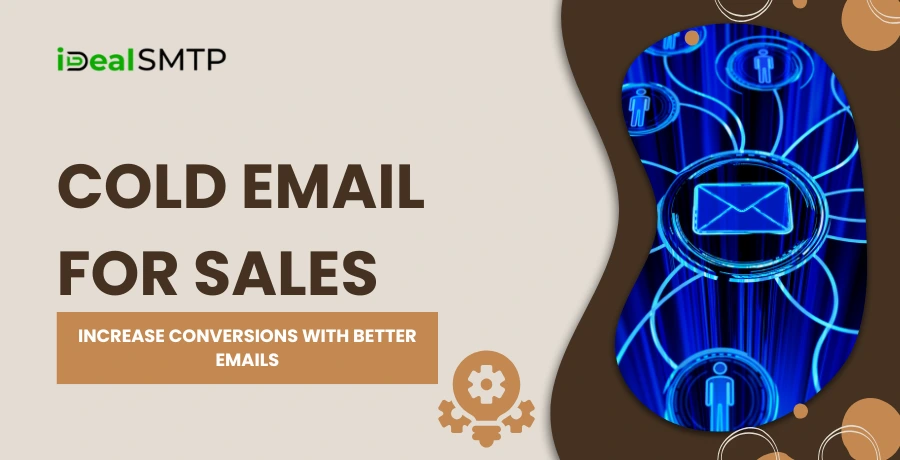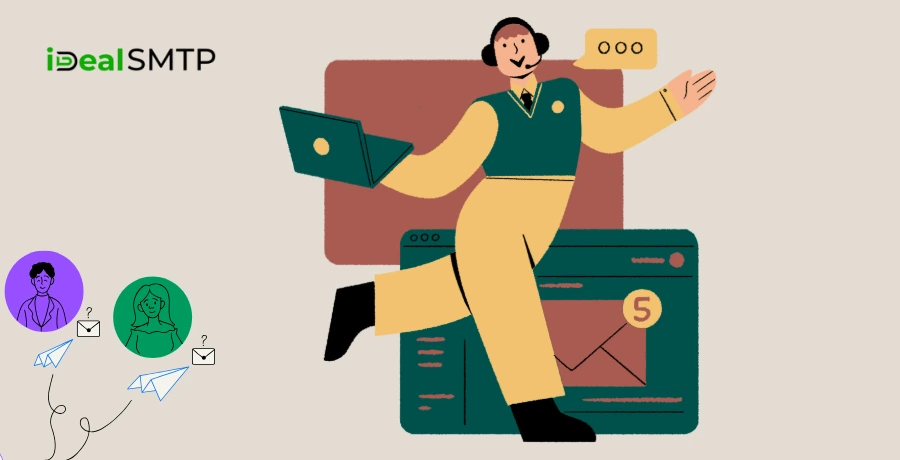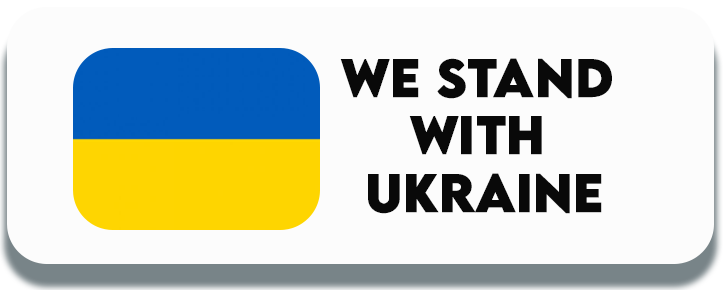Cold email for sales is a powerful strategy used by businesses to reach new customers, introduce products or services, and generate sales without prior contact. Unlike spam or generic messages, cold emails are crafted carefully to grab attention, build trust, and create opportunities.

This strategy is especially useful for B2B companies, sales representatives, freelancers, and entrepreneurs who want to grow their client base without spending heavily on ads. When done right, cold emailing can be more cost-effective and scalable than traditional outbound techniques.
Table of Contents
Pricing
| Trail Plan | Standard Plan | Premium Plan | Professional Plan |
| $50 | $145 | $185 | $225 |
| Sending Limit | Sending Limit | Sending Limit | Sending Limit |
| 1000 Emails/Hour | 1500 Emails/Hour | 3000 Emails/Hour | 5000 Emails/Hour |
Why Cold Email Works in the Sales Process
Cold email allows you to contact decision-makers directly, personalize your message, and create meaningful conversations. It’s not just about selling something; it’s about introducing a valuable solution to someone who might benefit from it.
When your email lands in the right inbox with the right message, the chances of conversion increase. You can also automate cold emails at scale using tools, while keeping personalization intact; this is where email marketing and bulk email tools come into play.
Components of an Effective Cold Email for Sales
To make a cold email successful, each part of the email must be well-structured and intentional. You need to write for a human reader, not a machine. Personalization, value proposition, and clarity are key elements.
The main components include the subject line, the opening line, the body (value), the call-to-action (CTA), and the closing. Even a small mistake in any of these areas can lead to low engagement or spam flags.
Crafting the Best Cold Emails for Sales
The best cold emails for sales don’t look like typical sales pitches. They are more like introductions, short conversations that open the door for further discussions. They are customized for the recipient, mention their pain points, and offer a clear solution.
Personalization is no longer optional—it’s expected. Using the person’s name, company name, recent achievements, or industry pain points can significantly improve your open and reply rates. Cold emails that feel robotic or too generic are easily ignored or deleted.
How to Write a Cold Email Template for Sales That Converts
A cold email template for sales should serve as a reusable framework that you can customize for different prospects. It should allow space for inserting names, companies, and personalized context while keeping the overall structure intact.
Start with a friendly greeting. Then mention something specific about the prospect or their business. Quickly explain who you are and why you’re reaching out. Present your value in one or two sentences, and end with a clear but soft CTA like “Would you be open to a quick chat?”
Templates should be tested and tweaked over time. What works in one industry may not work in another. Always track metrics like open rate, click rate, and reply rate.
Best Cold Email Templates for Sales in Different Scenarios
There’s no single best cold email template for sales. The best template depends on the recipient and the situation. Here are examples of scenarios where cold email templates can be highly effective:
- Introducing a new product or service.
- Reaching out after a webinar or trade event.
- Following up with leads who showed past interest.
- Reconnecting with old clients or subscribers.
Each of these templates should highlight a specific pain point and how your solution helps. Keep it short—under 150 words is usually best. Emails that are too long tend to be ignored.
Choosing the Best Subject Lines for Cold Sales Emails
Your email subject line is the first impression. If it’s weak, the recipient might never open the email. The best subject lines for cold sales emails are clear, relevant, and spark curiosity. They should not feel spammy or clickbait.
A good subject line might mention the recipient’s company or hint at a benefit. Avoid using all caps, too many emojis, or over-promising language. A/B testing different subject lines can help you learn what resonates most with your audience.
Examples of strong subject lines include:
- “[Name], quick question about [specific goal]”
- “Ideas for boosting [business area] at [company name]”
- “Noticed something on your website…”
Subject lines should also be optimized for deliverability. Avoid common spam trigger words that could hurt your inbox placement.
Role of SMTP Server in Sending Cold Emails
An SMTP server (Simple Mail Transfer Protocol server) is the backbone of sending cold emails at scale. When you send an email, it travels through an SMTP server before reaching the recipient’s inbox.
Using a reliable SMTP server is crucial for cold email campaigns. It affects deliverability, sending speed, and whether your emails land in the inbox or spam. Some popular SMTP services offer dedicated IPs, email warm-up, and authentication protocols like SPF, DKIM, and DMARC.
Without a good SMTP setup, even the best cold email for sales won’t be effective. Your emails might never be seen. For businesses sending large volumes, choosing a self-hosted or managed SMTP solution can make a big difference.
Bulk Email: Sending Cold Emails at Scale
Bulk email refers to the practice of sending a large number of emails to multiple recipients. In the context of cold email for sales, this allows outreach to hundreds or even thousands of prospects.
However, bulk cold emailing requires careful planning. Sending too many emails too fast from a new domain or IP can get you blacklisted. That’s why a proper SMTP server configuration and email warm-up process are important.
Bulk email software platforms help you manage lists, personalize emails, schedule sequences, and monitor results. These tools are essential for sales teams and agencies doing cold outreach at scale.
Email Marketing vs. Cold Email for Sales
Although both involve sending emails to prospects, cold email and email marketing serve different purposes.
Email marketing usually targets subscribers who’ve opted in, people who already know your brand. You send newsletters, promotions, or updates.
Cold email for sales targets new leads who don’t know you yet. It’s more direct, and its primary goal is to start a conversation that may lead to a sale or meeting. That’s why cold emails are often shorter, more personal, and focused on value.
Understanding this difference helps you create the right message for each audience. Email marketing platforms may not allow cold emails, so it’s important to use tools designed for cold outreach.
Common Mistakes to Avoid in Cold Email Campaigns
Many people make simple mistakes that ruin their cold email efforts. One of the biggest is the lack of personalization. Another is writing emails that are too long or unclear. A confusing message leads to no replies.
Another common mistake is ignoring deliverability. If your domain reputation is poor or your SMTP server isn’t configured correctly, your emails will go to spam. You also need to clean your email list regularly to avoid high bounce rates.
Overusing images, links, or attachments can trigger spam filters. Keep your email text-focused and simple. Make it easy to read and respond to.
How to Stay Compliant with Email Laws
Cold email for sales is legal in many countries if done properly. However, laws like the CAN-SPAM Act (US), GDPR (EU), and PECR (UK) set rules you must follow.
You must include a way for the recipient to opt out. You must be transparent about who you are. You must not use misleading subject lines or headers.
Using professional cold email tools ensures compliance by including automatic unsubscribe links, list hygiene features, and verified sender profiles.
Measuring Success in Cold Email for Sales
Tracking metrics helps you understand what’s working and what needs improvement. Key metrics include:

- Open Rate- Are your subject lines effective?
- Click-Through Rate- Is your message engaging?
- Reply Rate- Are prospects responding?
- Conversion Rate- Are leads becoming customers?
Tools like email tracking software, CRM integrations, and analytics dashboards help you make data-driven decisions. Testing one variable at a time, like a subject line or CTA, can improve results over time.
Warm-Up: Preparing Your Email Domain for Cold Outreach
Before launching a cold email campaign, it’s essential to warm up your domain and IP address. This means gradually increasing your sending volume and building trust with mailbox providers.
A cold email blast from a brand-new domain can hurt your reputation. Email warm-up services simulate conversations with real inboxes to help your domain gain credibility.
During warm-up, avoid bulk email blasts. Instead, start small, send personalized emails, and slowly increase the volume over several weeks.
Tools and Services That Support Cold Email Outreach
Many tools support cold emailing, including bulk email software, SMTP servers, CRM systems, and email verification tools.
Some platforms offer full-service cold outreach, including list building, email writing, scheduling, and reporting. Others focus on specific parts like deliverability or follow-ups.
When choosing tools, look for features like email sequences, personalization, bounce management, A/B testing, and SMTP integration.
Building Your Cold Email List the Right Way
Your cold email campaign is only as good as your list. A bad list with irrelevant or outdated contacts leads to poor results and spam complaints.
Start by identifying your ideal customer profile. Then use tools like LinkedIn, B2B databases, or lead scraping tools to collect prospects. Always verify emails before sending to reduce bounces.
Keep your list clean and segmented. Segmenting lets you send more personalized emails and increase your chances of success.
Scaling Your Cold Email for Sales with Automation
Once you’ve tested and validated your cold email templates, you can start scaling. This involves automation through email sequences, scheduled follow-ups, and behavior-based triggers.
With automation, you can send hundreds of emails daily without manual work. But automation doesn’t mean you sacrifice personalization. Tools let you insert dynamic variables like names, companies, or industries into each email.
This combination of scale and personalization is what makes cold email such a powerful tool for sales growth.
Cold Email and Follow-Up Strategy
Most sales happen in the follow-up. Many prospects don’t respond to the first email, but may reply to the second or third.
Follow-ups should be polite, concise, and provide additional value. Don’t just repeat your first email. Share new insights, ask questions, or offer a different angle.
You can schedule 3–5 follow-up emails spaced a few days apart. Use your cold email software to automate this sequence without overwhelming the prospect.
Real-World Examples of Cold Email Success
Many startups and businesses have grown rapidly using cold email. From software sales to consulting services, success stories prove that cold email can work in nearly every industry.
Some companies report millions in revenue generated directly from cold outreach. The key is testing, learning, and improving with each campaign.
These results are achievable with a good cold email template for sales, solid targeting, and consistent follow-up.
Conclusion
Cold email for sales continues to be a powerful method of reaching new clients, building relationships, and driving revenue. With the right approach, message, tools, and strategy, cold email can become one of your most reliable sales channels.
Whether you’re sending a few emails or managing a bulk email campaign using an SMTP server, cold outreach gives you direct access to the people who matter most. Combine it with the principles of good email marketing, and you’ll build a predictable, scalable system for growth.
If you want to maximize your outreach efforts, invest in crafting the best cold email templates for sales, test the best subject lines for cold sales emails, use a trusted SMTP server like iDealSMTP, and track every result. With these tools and tactics, your cold email efforts will be more effective than ever.
FAQs
Here are the top FAQs on Cold email for sales:
1. What is a cold email for sales?
A cold email for sales is an unsolicited email sent to a potential customer.
2. Why is cold emailing still effective in 2025?
Cold emailing is still effective in 2025 because it allows sales professionals to directly reach decision-makers. With better personalization, optimized timing, and compliance with email marketing regulations, cold email for sales continues to drive high-quality leads and conversions.
3. What are the best cold email templates for sales?
The best cold email templates for sales are short, personalized, and action-oriented.
4. How do I write a cold email that converts?
Focus on personalization, clarity, and a strong CTA.
5. What are the best subject lines for cold sales emails?
The best subject lines for cold sales emails are short, personalized, and spark curiosity. Examples include: “Quick Question,” “Can I help with [pain point]?” or “Idea for [company name].” A/B testing subject lines is essential for optimizing open rates.
6. What is the best time to send a cold sales email?
Tuesday–Thursday mornings usually perform best.
7. How many cold emails should I send per day?
Start with 20–50 per day to warm up your domain.
8. What is a cold email sequence?
A cold email sequence is a planned series of emails sent over time to a prospect who hasn’t replied. Sequences typically include 3–5 emails, each offering new value or context, increasing the chances of a response.







